
Author Mads Timmermann
Mads has 14+ years of experience as a skin expert and has written/read this article.
Experiencing acne between the brows can be both a cosmetic and dermatological concern for many of us. Commonly referred to as the T-zone, this area tends to be oilier due to the higher concentration of sebaceous glands, making it a more common site for acne outbreaks. Understanding the reasons for acne in this specific area is the first step towards addressing it. Several factors contribute to the development of these blemishes, from hormonal fluctuations to improper skincare routines, and pinpointing the root cause is essential for effective treatment.
Our skin is a reflection of our overall health and lifestyle, and acne between the brows is no exception. Tackling this issue may require a combination of topical treatments, dietary adjustments, and lifestyle changes. It's also crucial to understand the type of acne we’re dealing with as treatments may vary based on whether the acne is inflammatory or non-inflammatory. Professional advice from dermatologists can lead to personalized treatment plans that cater to our unique skin needs, ensuring better outcomes in managing and preventing acne in this troublesome area.
Key Takeaways
- Identifying the causes of acne between the brows is crucial for treatment.
- A combination of treatments and lifestyle changes can effectively manage this type of acne.
- Consultation with a dermatologist can tailor a treatment plan to individual skin types.
Understanding Acne Between the Brows
Acne between the brows is a common concern that arises from various factors, primarily related to the abundance of oil-producing glands in this region of the face.
Causes of Acne in the T-Zone
The area between the eyebrows falls in the T-Zone, which is known for its higher density of sebaceous glands. This means that oil production in this area can be excessive, leading to blocked pores. External factors such as makeup, sweat, and dirt also contribute to the congestion of pores. Regularly touching the area with hands can transfer bacteria and oils, exacerbating the issue. Additionally, certain lifestyle choices like high-sugar diets can increase the likelihood of breakouts.
The Influence of Hormonal Changes
Hormonal fluctuations play a significant role in the development of acne between the brows. Androgens, a group of hormones that include testosterone, can stimulate oil production, which in turn can lead to acne. These hormonal changes are often more pronounced during puberty, menstrual cycles, pregnancy, and times of stress, which can increase the body's production of cortisol, another hormone that can trigger acne.
Effective Treatments and Remedies
Acne between the brows can be stubborn, but we have several treatment options that can help manage and reduce breakouts. These range from over-the-counter solutions to prescription medications and include natural approaches.
Over-the-Counter Topical Treatments
- Benzoyl Peroxide: This ingredient helps reduce the bacteria that cause acne and can also remove excess oil and dead skin cells.
- Salicylic Acid: Salicylic acid assists in unclogging pores and reducing swelling and redness.
Prescription Medication Options
- Topical Retinoids: Derived from vitamin A, these help prevent hair follicles from becoming plugged and promote cell turnover.
- Antibiotics: By reducing bacteria and fighting inflammation, topical antibiotics like clindamycin can be effective for acne between the brows.
Natural and Home Remedies
- Tea Tree Oil: Known for its antibacterial properties, tea tree oil can be diluted and applied to the affected area to target bacteria.
- Aloe Vera: With its soothing and anti-inflammatory effects, aloe vera gel can be applied directly to reduce redness and heal the skin.
Prevention Strategies and Lifestyle Changes
Acne between the brows can be frustrating, but with the right strategies and lifestyle changes, we can manage and prevent outbreaks. The key lies in adjusting our skincare routine, making smart dietary choices, and mastering stress management techniques.
Skincare Routine Adjustments
Adjusting our skincare routine is crucial for preventing acne between the brows. It's important to use products that are suited to our skin type. Integrating a customized skin care routine that includes non-comedogenic cleansers and moisturizers can help keep the skin clean and hydrated without clogging the pores. Remember to exfoliate gently once or twice a week to remove dead skin cells that can trap oils.
Diet and Hydration
Our diet impacts our skin's health significantly. Consuming foods high in Omega-3 fatty acids and antioxidants can reduce inflammation, which is helpful in managing acne. Be sure to stay hydrated by drinking plenty of water throughout the day to help flush out toxins and maintain the health of the skin. Minimizing sugar and dairy intake might also help as they are sometimes linked to acne flare-ups.
Stress Management Techniques
Stress can trigger acne by increasing the production of hormones such as cortisol. To maintain our skin's health, we must adopt effective stress management techniques. Regular physical activity, mindfulness meditation, and ensuring adequate sleep can reduce stress levels. It's also beneficial to establish a regular routine that includes sufficient relaxation and downtime to keep stress in check.
Balancing these elements—routine skin care, conscientious diet choices, and managing stress—forms a comprehensive approach to not just tackle acne between the brows, but also to promote overall skin health.

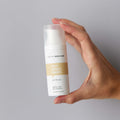
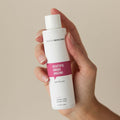
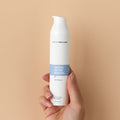
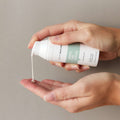

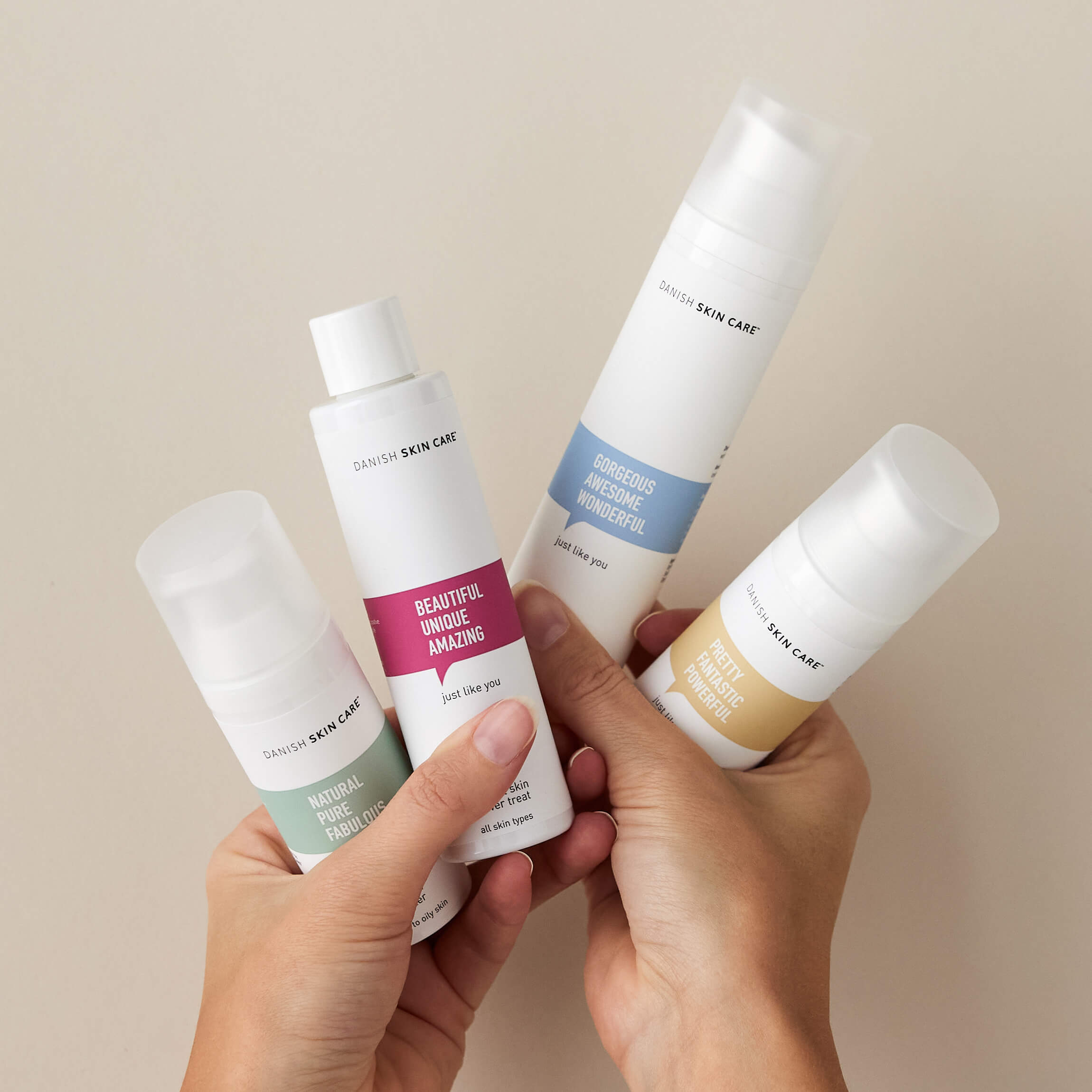
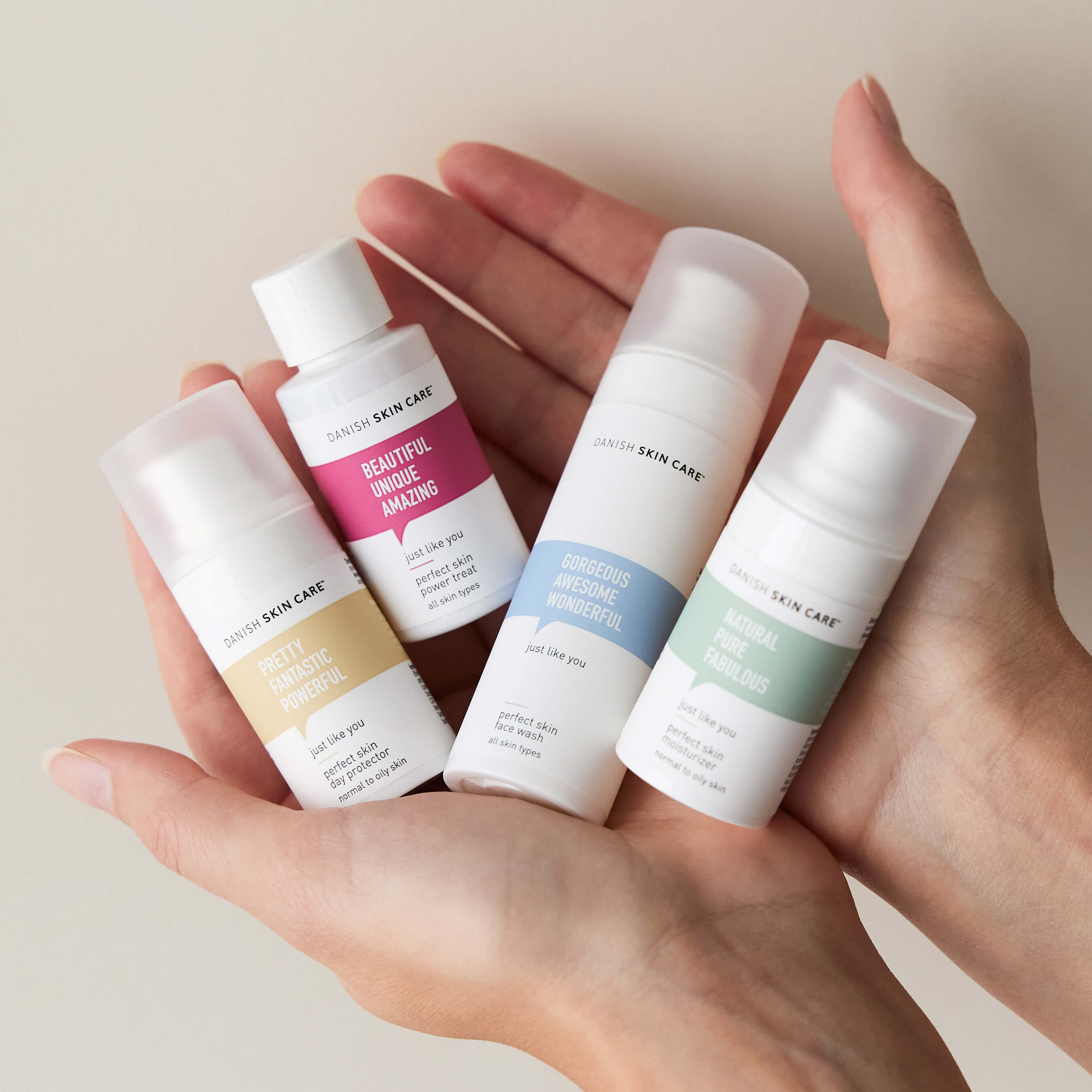

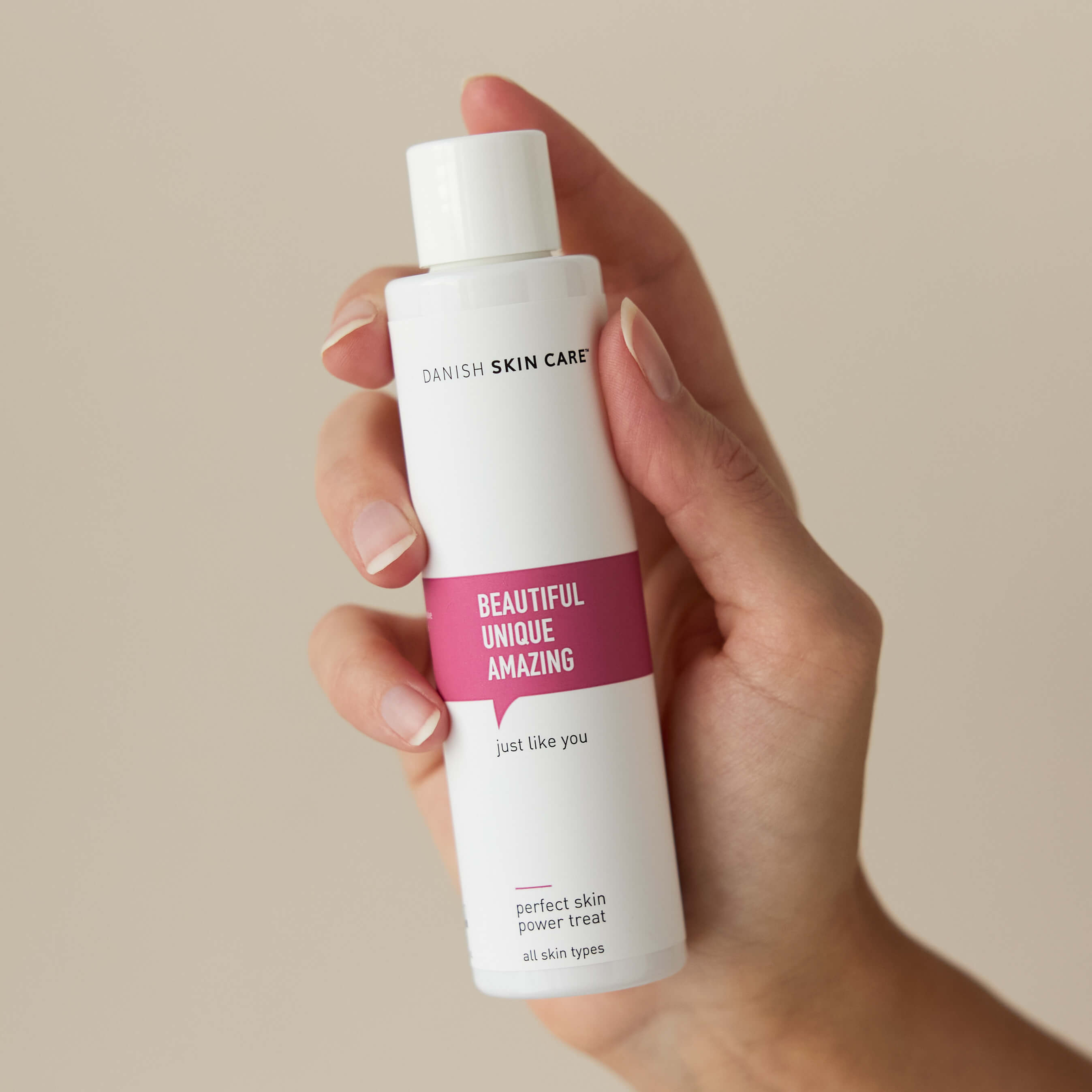


Leave a comment